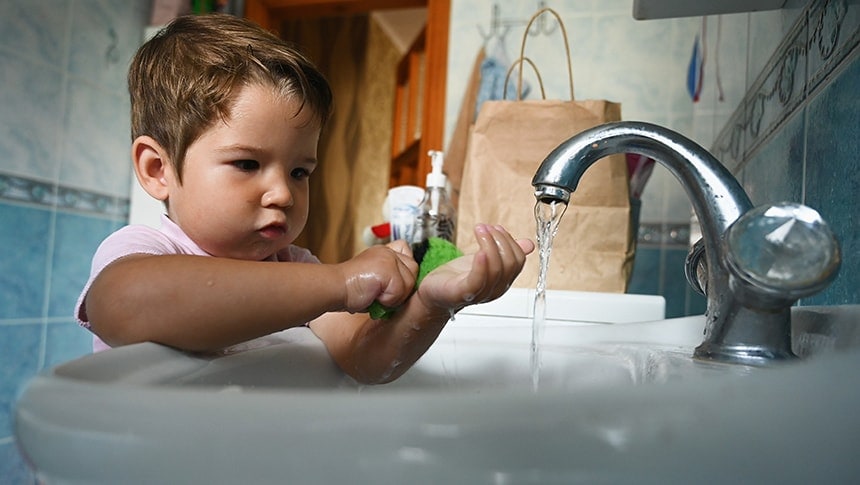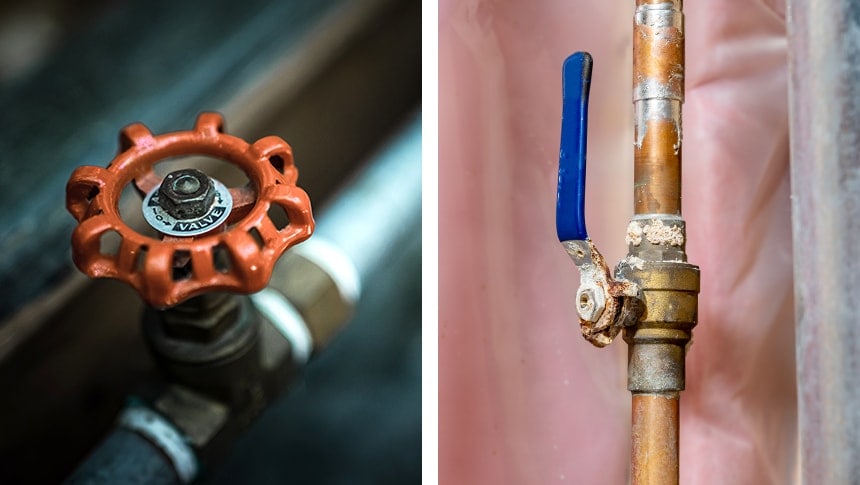Preventing and dealing with frozen pipes
Seasonal Updated: January 6, 2022Be prepared as cold weather approaches

Be prepared as cold weather approaches

As colder weather approaches and temperatures begin to dip below freezing, a frozen pipe can not only ruin your day but also be an expensive repair if it bursts. This article will guide you on how to prevent your pipes from freezing, how to know if they are frozen and what to do if they are.
Knowing where the water shut off valve inside your home is located means you won’t have to search for it in the middle of an emergency. The main shutoff valve in a colder-climate home is usually found in the basement near the front of the house. There are two kinds of shutoff valves: one has a lever handle (typically found in newer homes) and the other has a wheel.

Pipes can freeze literally overnight, so don’t wait to take these preventative measures:
It can be very difficult to identify exactly where a pipe might be frozen, but look for signs such as:
Note that if a pipe bulges, that section of the pipe will need to be replaced.
If your pipes are frozen, it’s important to act quickly:
Make sure to keep towels and a bucket handy in case water starts to gush from the thawed pipe.
If you haven’t already done so, shut the water valve off, then contact a plumber or professional immediately.

Aside from adding extra insulation and sealing up cracks and holes to keep your home warm, you can install a smart thermostat to keep the temperature in your home consistent. Smart thermostats usually automatically lower the temperature at night when you’re sleeping, but you can disengage this function when the weather forecasts very cold nighttime temperatures.